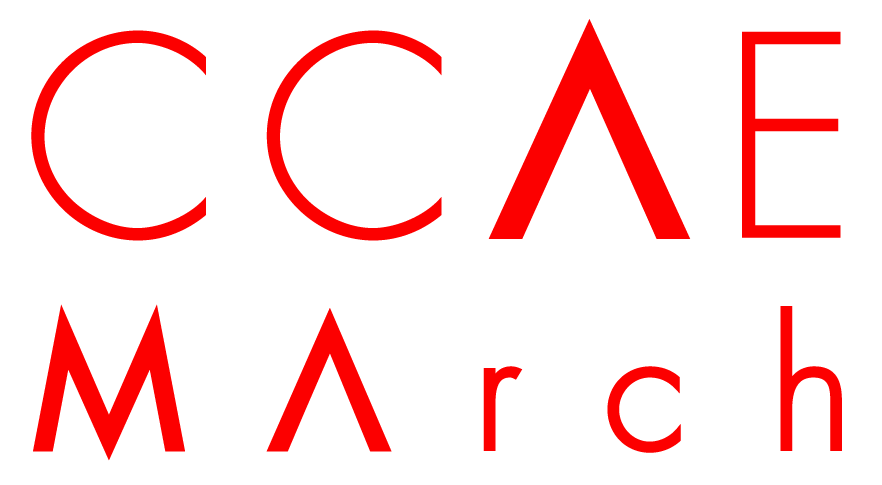01
Our Projects.
Relational Fields
Sometimes inside me I cast an impartial eye over those absurd, delicious things that I cannot see because they are apparently illogical - bridges that begin nowhere and go nowhere, streets with no beginning and no end, upside down landscapes - the absurd, the illogical, the contradictory, everything that detaches and distances us from the real. (Pessoa 1982; 13)
Many of the projects began to be understood though a series of ethnographic mappings that were at once textual, drawn, and constructed. They sought interpret the layers of urban life in different ways and define the urban fields of Lisbon in ways that go beyond the usual planometric view of the world. They also began to situate certain types of transgressions (bodily, social, political etc) that occur in Lisbon - by situating, combining and hybridising ‘things’ that are not normally held together (on the same page/in the same space), and thereby centring the nature of these mapping exercises as a critical and creative mode of inquiry. Through these and other creative and critical acts, the projects attempted to situate themselves within the fluxing environment of the city; and rather than divesting themselves of inherent complexities or contradictions uncovered in the city - the works deliberately sought to create an imbrictated field of relations- that tethered bodily, spatial, and atmospheric conditions in order to situate the architectural project itself.


Alana
Boles
PRESIDENT'S MEDALS
SERJEANT PRIZE
WINNER





Tadhg
Arrigan
Michelle
Delea
Kevin
Morrissey


Domhnall
O'Mahoney
Alison
Kelly
These complexities are evident in the range of projects that are described here. For example, in Aine Walker’s project, we see a close ethnographic study of the city that observes demographic delineations and shifting urban patterns. It proposed a new bazaar-like urban space for the city that formally shifts between urban artefact (Baixa Pombalina) and material object (restored dolls, curious cabinet displays) - producing a social interface and heterogeneous space where hierarchies are displaced in a welter of gestures, (written) words, and sounds. It suggests a continuous negotiation between urban and interior space calls into question the modernist limits of architectural space - something close perhaps to what Baudelaire describes as “A room just like a daydream” in his poem The Twofold Room and a magically real sense of a new city-space.
In the case of David Roe’s truly expansive project, the research is framed in very specific ways around notions of “loss” and how that is understood within the immediate cultural and physical environments of Lisbon and extends to the melancholic loss that is said to prevail in Portugal generally people – referred to as ‘saudade.’ While his early design research tends to unpick this sense of loss in direct ways and looks at traces of those things that are apparently lost (like Roman buildings and earlier traces around the Baixa area), it amounts to as psycho-spatial excavation of the city. Situated along an expansive territory along the River Tagus, and influenced by Dürer’s use of perspective, it is impressive in the way it uses anamorphic projections to persuasively set-out a new architectural set-scape that re-images the city.
With Michelle Delea’s project, we see an inventiveness in the work that manages to capture distinct ephemeral fields such as air and light and, at the same time, addressing some highly tangible ‘presences’ in in the city in the form of social and economic disparities. Focussed on the peripheral area of Marvila in Lisbon, yet de-centred and occupying the city with transient performative elements, the project acts as a mediatory and mid-air environment – between air and ground and between city and edge. Consisting a ‘fleet’ of mid-scale architectural constructions, the work project sets out to define new horizons for how architecture might operate in such marginal places, however, such are the range of temporal, programmatic, material, and spatial modalities contained in it, that it ultimately challenges many of the tropes of urban thinking that so much contemporary architecture seems to rely on.
Kevin Morrissey has also delivered a highly sophisticated architectural response to a range of socio-economic, historic, and theoretical framings of Lisbon – carefully crafting new spaces that mediate new forms of social relationships in Marvila through a process of radical socio-political and dissensual reform. Operating across a residual and post-industrial landscape in Marvila, its critical reading of the economic shifts and heightened social stratification of the past ten years allows it to explore the notion of the ‘Right to the City’ - while examining new modes of civic engagement. The resultant work re-imagines the limits between the conceptualisation of space, site, and body – suggesting a highly imaginative and atmospheric architectural assemblage – and in doing so, gives us new ways to think about the curation of urban space and social relationships within it.
The work of Alana Boles is highly idiosyncratic in the way that it references a range of para-urban and [sub]urban conditions that aren’t always immediately understood and sometimes overlooked. Based in the historic area of Alfama, the project makes us think about the thresholds and limits of domestic space and its adjacency/negotiated connectivity to a deep urban realm. The project is drawn-together by underlying literary, architectural, representational, and urban research that adopts Fernando Pessoa’s rich dream-like descriptions of the urban landscape and layers another dream over it to create a ‘double-dream condition’. Imagined in a domestic space in a time of ‘lockdown,’ it is premised on creative negotiations between the architect, writer and the city - blurring the boundaries, re-imagining, and unfolding new domestic space (an un-private house) elsewhere that is described as a “Beguiling Bureau”; an extending social space that is something close perhaps to an living-room – generating flickering collisions between space, body, and the city.
Alison Kelly’s work adopts a different focus, and contends with an under-described modern phenomenon – that of ritualised and mythological space. Her early research brings us through a parallel history of Lisbon, bringing us to the enigmatic spaces of Sintra that reportedly hold symbols related to alchemy and Masonry, and exposes us to the highly peculiar and anachronic situation of blessed-miracles and divine visions in Fatima. It is a series of speculative new spaces developed around the story of one of the Children of Fatima and [en]crypted ‘Third Secret’ that propel the project. Situated in Lisbon’s Jardim da Estrela and close to the Orphanage of Our Lady of Miracles where one of the children, Jacinta de Jesus Marto, had been brough to recover from the 1918 influenza epidemic – it takes visual clues from the reported visions and develops a series of new surreal initiation spaces concealed within the landscape. In a post-mythological period, the project makes us question the role of the sacred in architecture – suggesting new interpretation of the term and producing exciting new limits for deep contemplative space.
Finally, turning to Tadhg Arrigan’s ‘Brico-Urban’ project situated at Ribiera das Naus, this highly political program aims to delimit of “normal” administrative conventions in favour of an altogether more radical and free space for displaced and under-represented migrant communities in Lisbon. With an array of highly stimulating ways to interact with it, it is reminiscent of Constant’s New Babylon in the way it imagines an architecture without an architect - where individuals would curate and determine the spaces they inhabit. Based on closely observed readings of post-colonial effects in the city, it is a provocative and aestheticized vision that suggests new ways to reorganise and adapt the city – adding distinct new temporal and spatial sequences to it that counter progressive moves across most major cities to limit such interactions with public space – and with it, a form of architectural bricolage that is close perhaps to what Charles Jencks had once described as ‘radically democratic and pragmatic.’ Most compelling, however, is the way it posits an entirely new architectural vista at the beginning of the 21st century; an evolving and incremental urbanism and project of atmosphere.
Understood in these ways, the projects propose a distinct form of critique of the city that offers the possibility of emergent new modes of knowledge and knowing – embodied, sensory, gestural, performative and virtual. In doing so, they recognise architecture’s ability to gain significance as a socio-political and cultural pursuit - while foregrounding it as both an experiential, experimental and discursive body.
Jason O'Shaughnessy
Lorenzo Cammoranesi
Kieran Cremin


